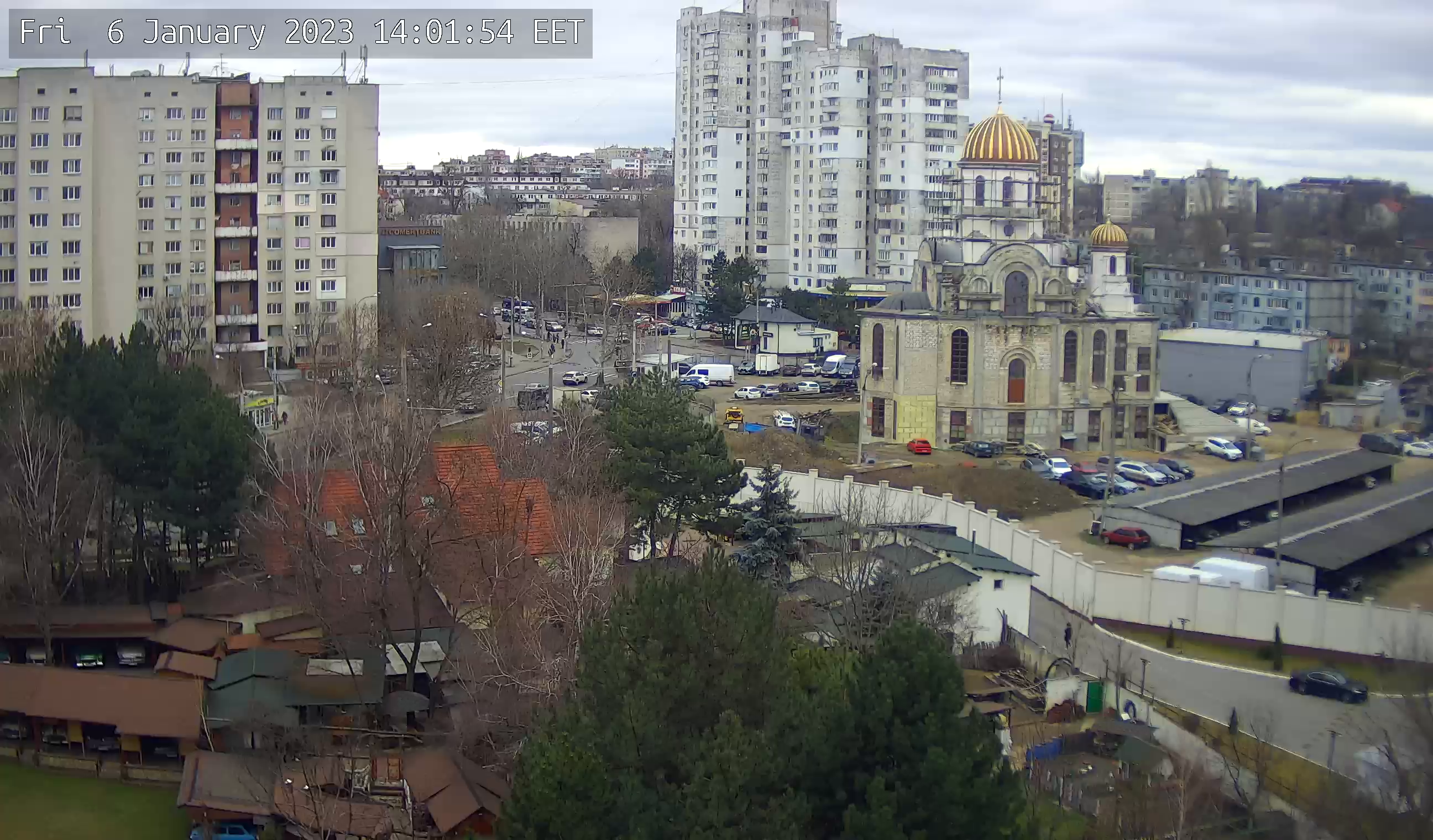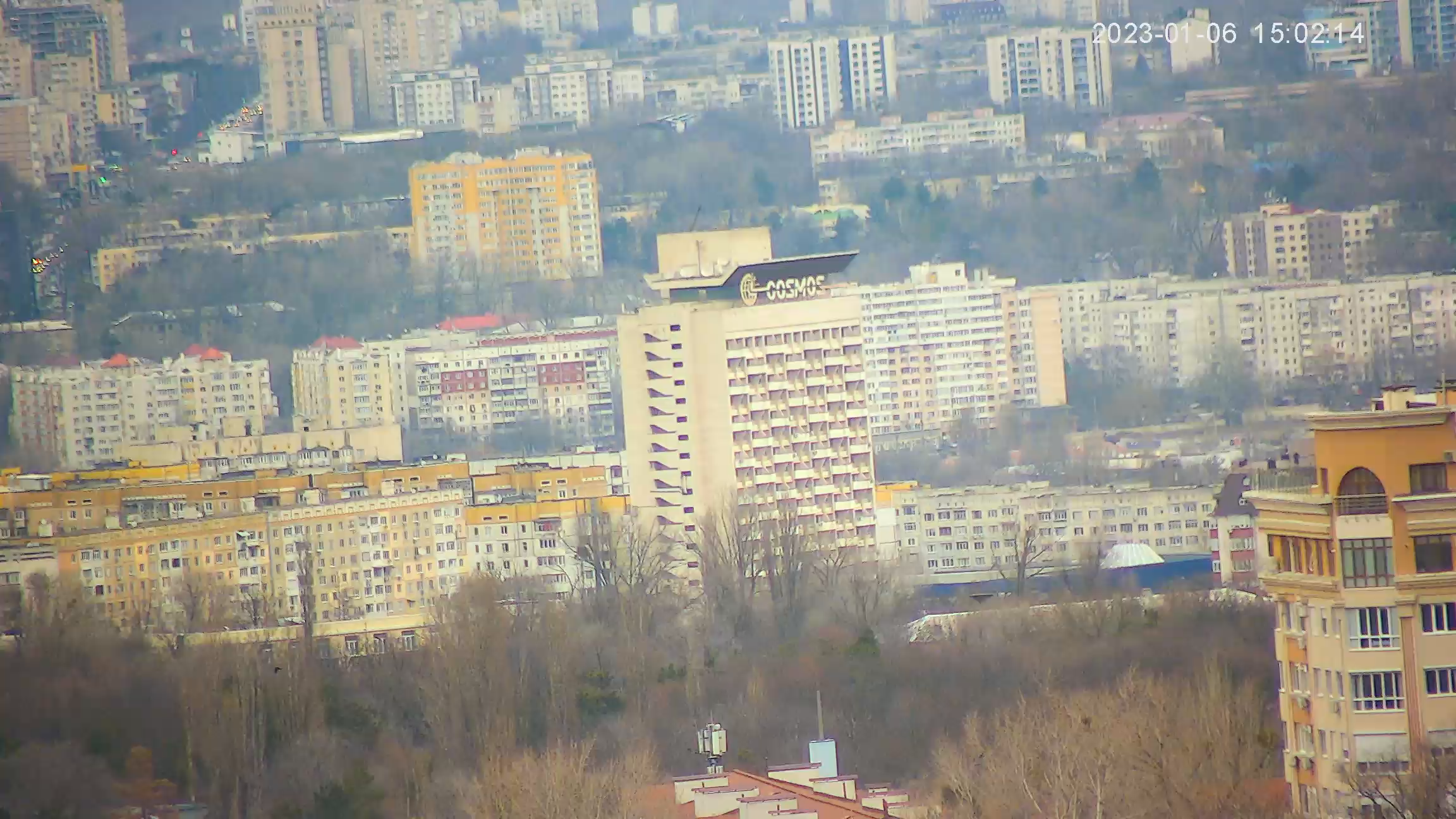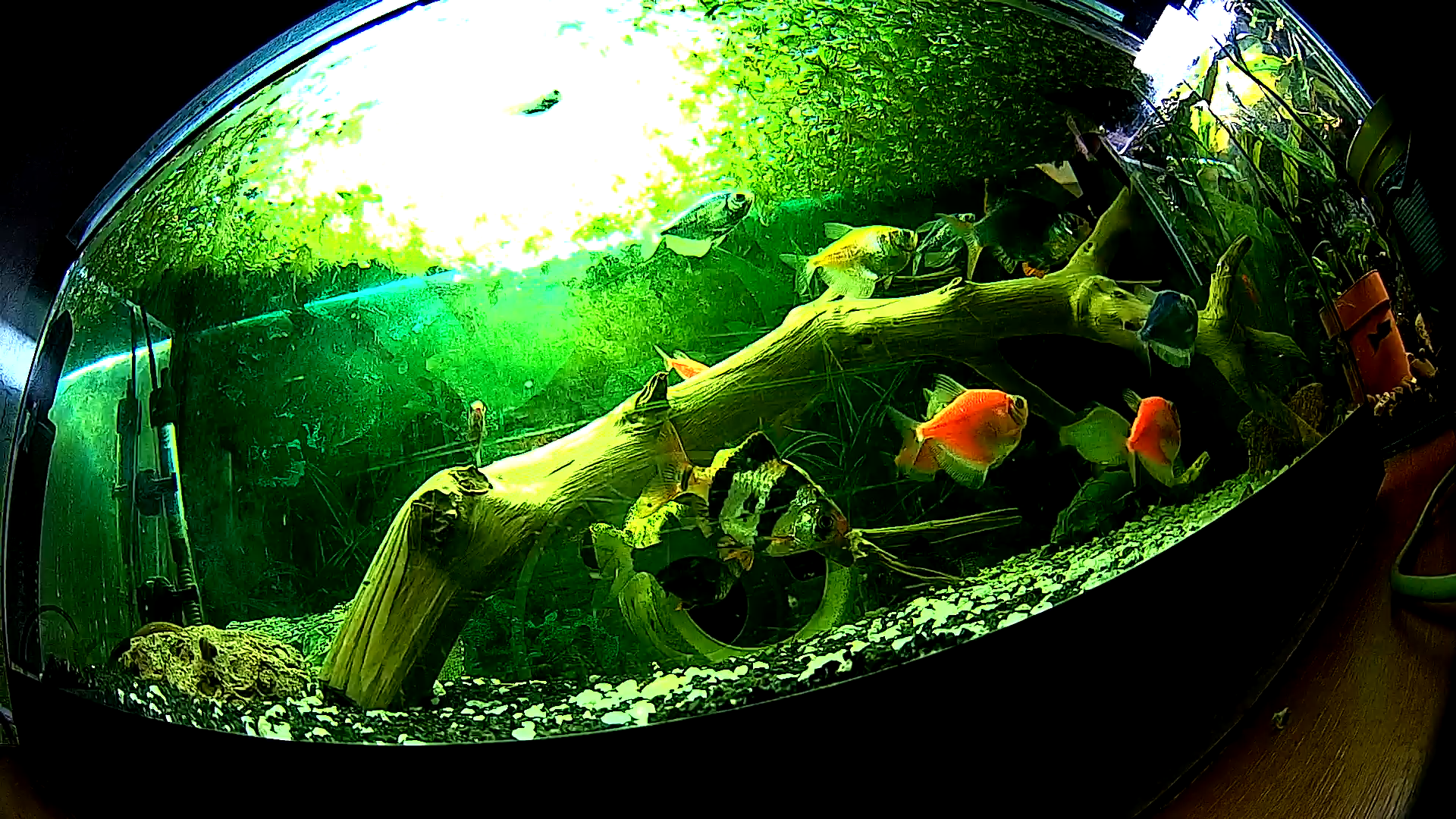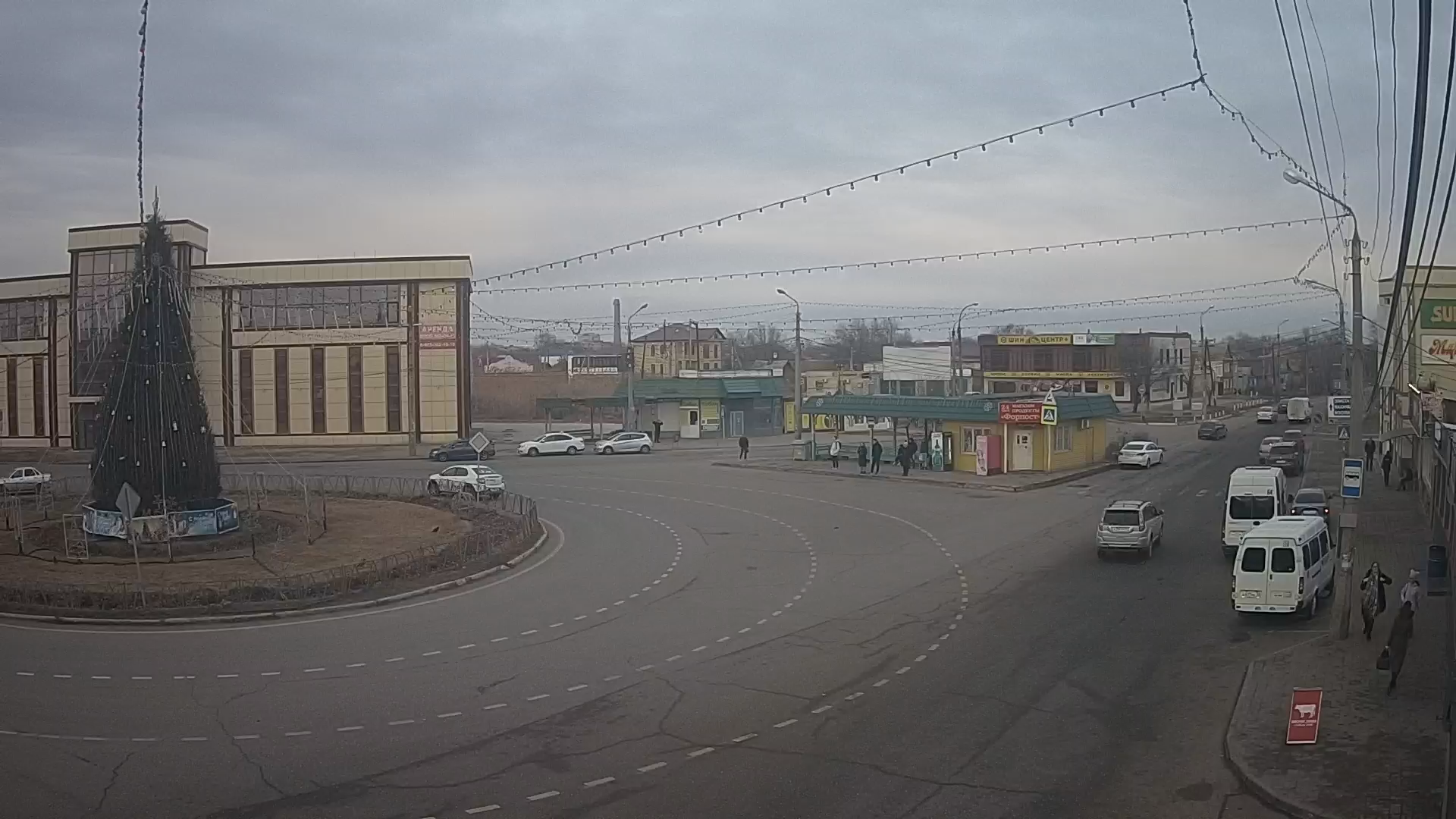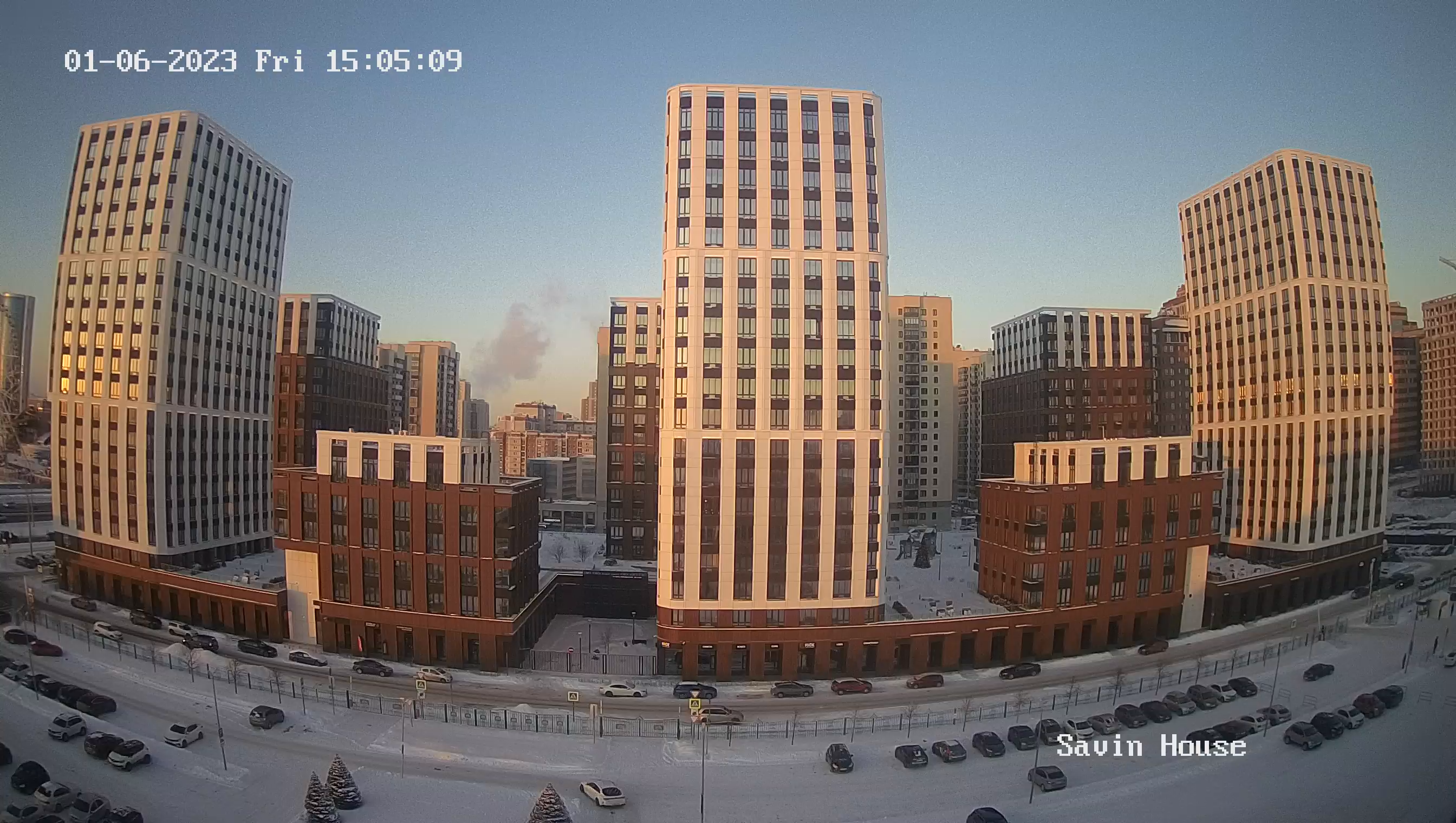Online camera Pskov. Kommunalnaya Street, Narodnaya Street
The name of Myronositskaya Street was determined by the proximity of the Myronositski cemetery and the monastery church of Women of Myrrh-bearers with Skudelnitsy located on it.
Monument that preserved the toponym: Zhen-Mironosostits s Skudelnitsy monastic church. "Skudelnits" - clay, earth, ashes. Skudelnitsy - pits, places of general burial of those who died during the pestilence."
In the annals, "skudelnitsy" are associated with stories of famine or pestilence. Such common graves tried to arrange on the outskirts of the city. According to the annals, they could bury the poor - the poor, the destitute, the beggar and the maimed.
There were many mendicant cells in Pskov. Today the exact location of only one is known - at the Church of Women of Myrrh-bearers. The others, as noted above, were located on the outskirts of the city and have not survived to this day.
At the beginning of Communal Street, on the bank of the Velikaya River opposite the Kremlin, a merchant's house of the XVII century survived to this day.
Presumably the house was built by order of a Pskov merchant and was intended for housing and storage of goods. The building belongs to the German inn, which was located along the bank of the Velikaya River from the pontoon bridge over the Velikaya River.
Mironositskaya street was renamed to Communalnaya by the decree of Presidium of Gubispolkom from 14.11.1923.
It has kept its origin from Olginsky embankment to the corresponding Mironositskaya street.
The street is quite long, passes through the entire Zavelichye and crosses almost all the streets located in these neighborhoods.

